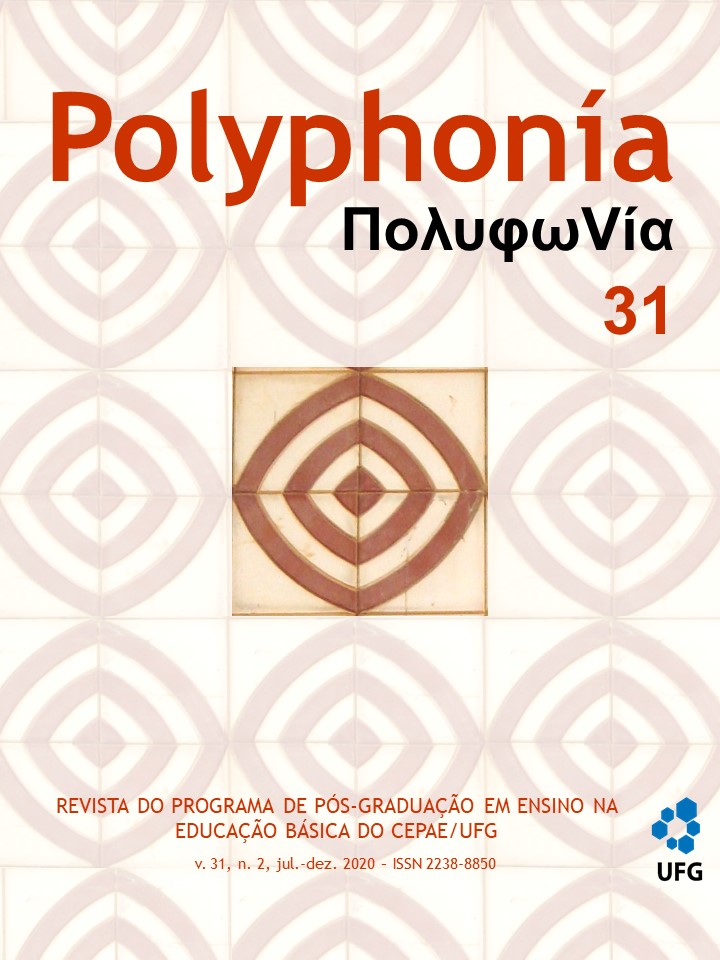STEAM e design thinking: ferramentas transdisciplinares no ensino de inglês
DOI:
https://doi.org/10.5216/rp.v31i2.67100Abstract
This paper aims to reflect how the concept of STEAM (Science, Technology, Engineering, Arts and Maths) and design thinking can provide transdisciplinary in English teaching classes. Integrating, on a transdisciplinary way, knowledges related to Science, Technology, Engineering, Arts and Maths, the STEAM is a globalized proposal of teaching in order to relate different subjects to solve a real problem, so that the person may act significantly in a concrete situation. The implementation of activities in the classroom using the STEAM approach is a challenge to English teachers, once they have to be inspired by the design thinking methodology based on five interconnected ways of knowledge: cultural self-knowledge, relational, critical, visionary and ethical, and action. At the end of the classes, we could notice that the students enriched their knowledge not only specific to the English language subject, but in several other areas such as history, art, design and geography.Downloads
Download data is not yet available.
Downloads
Published
2020-12-17
How to Cite
BORGES DE RESENDE ROCHA, Liana; SOUZA GARCIA, Ana Letícia. STEAM e design thinking: ferramentas transdisciplinares no ensino de inglês. Revista Polyphonía, Goiânia, v. 31, n. 2, p. 137–148, 2020. DOI: 10.5216/rp.v31i2.67100. Disponível em: https://revistas.ufg.br/sv/article/view/67100. Acesso em: 23 dec. 2025.
Issue
Section
Dossiê Tecnologias Digitais na Educação Básica
License
Política de direitos autorais (acesso livre). Autores que publicam nesta revista concordam com os seguintes termos: Autores mantém os direitos autorais e concedem à Revista Polyphonía o direito de primeira publicação, com o trabalho simultaneamente licenciado sob a Creative Commons Attribution License que permitindo o compartilhamento do trabalho com reconhecimento da autoria do trabalho e publicação inicial nesta revista.
Autores têm autorização para assumir contratos adicionais separadamente, para distribuição não-exclusiva da versão do trabalho publicada nesta revista (ex.: publicar em repositório institucional ou como capítulo de livro), com reconhecimento de autoria e publicação inicial nesta revista.
Autores têm permissão e são estimulados a publicar e distribuir seu trabalho online (ex.: em repositórios institucionais ou na sua página pessoal) a qualquer ponto antes ou durante o processo editorial, já que isso pode gerar alterações produtivas, bem como aumentar o impacto e a citação do trabalho publicado (Veja O Efeito do Acesso Livre).


